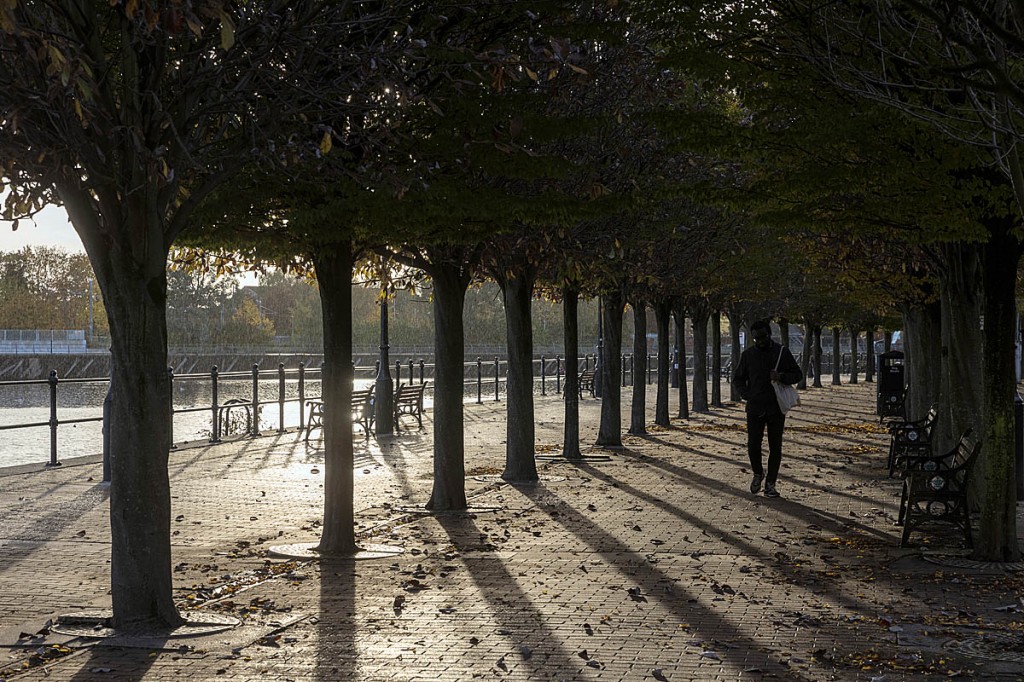Data collected by Britain’s national mapping agency showed people using its app were walking longer distances and in greater numbers over the summer.
Ordnance Survey analysed the routes logged and shared on its OS Maps over the months from June to September.
The number of walks recorded increased by 46 compared to the previous year, totalling almost 890,000. Average length of a walk was 12km, four per cent further than in 2020 and data suggested people were eschewing the hills and mountains and undertaking flatter routes, with the height gained averaging 36 per cent less.
Total distance walked by those using the app increased by 52 per cent.
Cyclists and runners also increased the length of their routes this summer, with increases of 10 per cent and 15 per cent respectively. The total numbers of routes recorded also increased. There were just under 142,000 cycle routes logged, up 36 per cent, and about 85,000 running routes added, an increase of 21 per cent.
OS managing director for leisure Nick Giles said: “This summer has revealed a significant upward trend in outdoor activities. Since the Covid-19 pandemic began in 2020, we have seen people build new connections with the outdoors and demand for OS mapping and the OS Maps app highlights how people are exploring both locally and further afield.
“The big headline is that across walking, cycling and running, there has been about a 30 per cent rise in the numbers of routes people have recorded, and an increase of a third in the total distance covered.
“It seems not only are more people creating routes, they are tending to be slightly longer too. This is also reflected by an increase in the average route distance across all three disciplines.
“It appears people have tended to seek flatter routes this year with a significant decrease in the average elevation change across all three activity types – a potential suggestion of more newcomers taking to the outdoors and exploring less challenging routes.
“Over the same four-month period the number of users in the OS Maps app increased by 50 percent suggesting an upward trend in outdoor activity in Britain over the summer months.”
Data suggests outdoor enthusiasts seeking to avoid crowds need to head for the east coast and rural Scotland, which showed fewer routes used.
There was a surge in the number of routes recorded across 15 out of 16 British national parks, with the biggest increases in Pembrokeshire – 90 per cent; Loch Lomond and the Trossachs with 86 per cent; the Brecon Beacons – 81 per cent; and Snowdonia at 80 per cent.
Bristol and Winchester led the way as the most popular locations for urban walks during summer.
The periphery of London was a popular destination – with the Chilterns being a particular favourite.
For coastal walks, many routes were recorded around the south coast with Padstow, Cornwall, and Swanage, Dorset, being the most popular hotspots, emphasising the popularity of the west country as a visitor destination.

